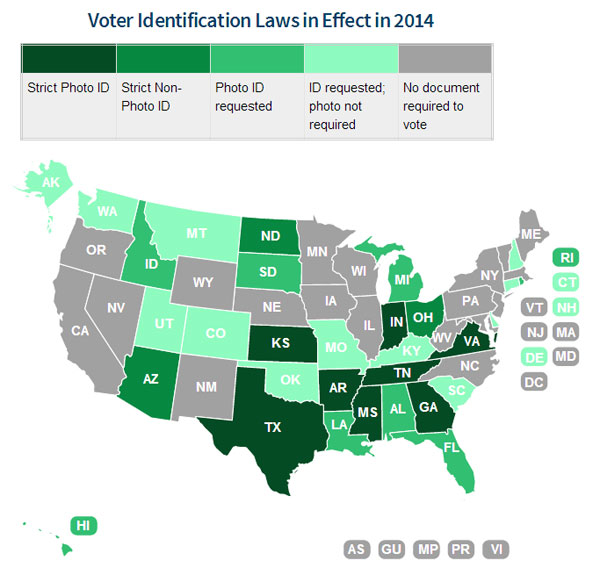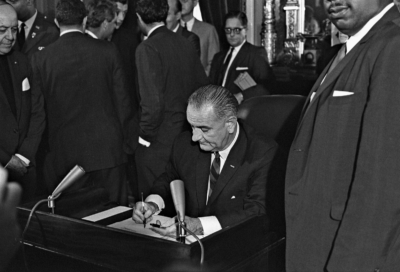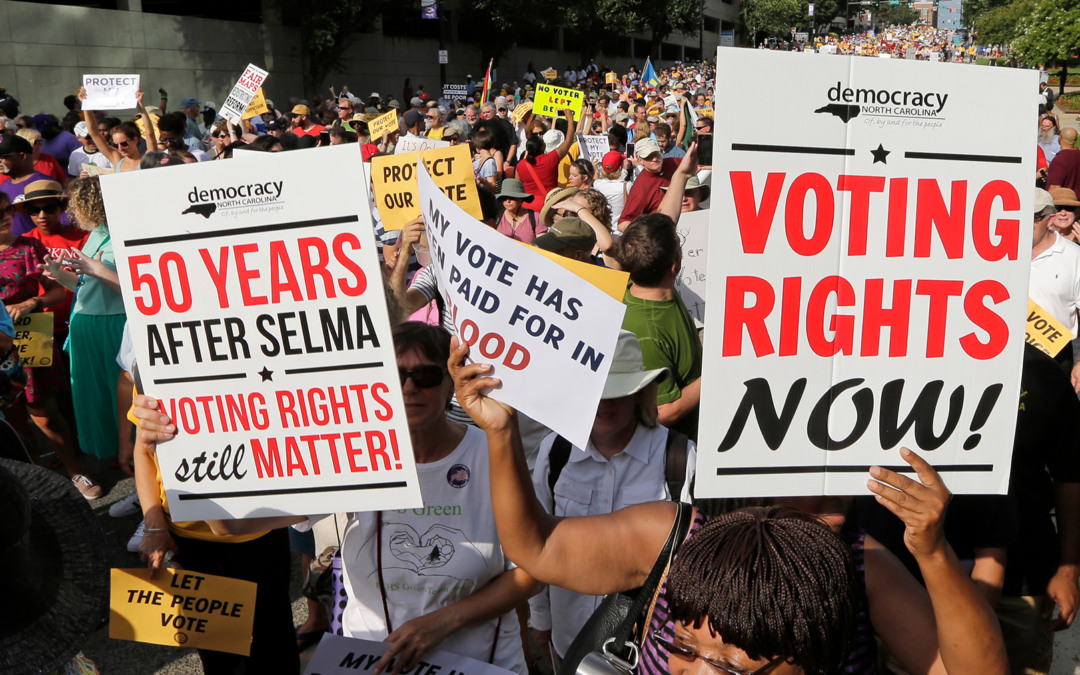by Mackenzie P.
What are voter ID laws?
Voter ID laws require people who are old enough to vote to bring their ID or a photo ID to the polls when they vote. These laws are only in effect in some states. The states run the elections, not the federal government. The first voter ID law was passed in 1950 when South Carolina required voters to bring some sort of identification with their name printed.
Where are voters required to have ID?
Thirty- six states require identification at the polls. Seven of those states have strict photo ID requirements. Most of these states are located in the south and the midwest.

This is a map of the United States with the voter ID laws that are in effect. To learn more about each state’s voter ID law visit this website.
Are voter ID laws discriminatory?
Voter ID laws are definitely discriminatory! IDs can be expensive, but even when they are free, the documents you need to get them are hard to obtain. Traveling to get these documents and/or an ID can be a burden to people in poor communities, the elderly, and people with disabilities.
It might be hard for the people in low-income communities to afford an ID, such as paying for the documents to get the ID. It also might be hard for people who live in rural areas to travel to their state’s DMV to get a driver’s license or state-issued ID. For people with disabilities, it can be hard to receive a driver’s license because their disability might prevent them from driving, which makes it harder for them to travel.
Do the voter ID laws go against the Voting Rights Act?

This is a photograph of President Lyndon B. Johnson signing the Voting Rights Act in 1965
Before 1965, poll workers were able to keep African Americans from registering to vote with poll taxes, literacy tests, intimidation, and downright racism. That was, however, until the Voting Rights Act of 1965 was passed. The Voting Rights Act was a bill sent by Congress that President Lyndon B. Johnson signed into law to remove literacy tests and stop discriminatory practices in places like the south where voter suppression was common. Under the Voting Rights Act, any discrimination against people who tried to register to vote was illegal.
The progress made by the Voting Rights Act was challenged in 2013 when the U.S. Supreme Court decided in Shelby County v. Holder that states no longer needed to have their voting rules approved by the federal government. According to the director of the Leadership Conference on Civil and Human Rights, Shelby allowed states to “open the floodgates to voter suppression.” This 2013 Supreme Court decision allowed for the voter ID laws to stand today.
How can we stop voter ID laws?
There are many organizations that are working towards ending voter ID laws and restoring the Voting Rights Act. One of these organizations is Fairfight.com, where you can sign up and become a part of the team to learn more about how we can restore the Voting Rights Act and end discriminatory practices that keep people from voting.

